Description
Beautiful Flowers with a Tropic Fragrance
The Tahitian Gardenia, also known as Gardenia taitensis or Tiare Flower, is a beautiful evergreen shrub cherished for its enchanting blooms and captivating fragrance. Cultivating this tropical beauty may seem like a daunting task, but with the right knowledge and care, it can thrive and flourish in your garden or home, becoming a focal point with its large, creamy white flowers and glossy, deep green foliage.
Caring for your Tahitian Gardenia
Growing a Tahitian Gardenia requires some effort and attention to detail, but the reward of fragrant, stunning blossoms makes it well worth it. With the right balance of sunlight, watering, feeding, and care, your Tahitian Gardenia can thrive and add a touch of tropical elegance to your surroundings. Its alluring fragrance and lush green foliage will transform your space into an island paradise.
Light
The Tahitian Gardenia thrives best in full sun to partial shade. While it appreciates a good amount of sunlight, too much direct sunlight can scorch its leaves and damage the plant. Therefore, if you are growing it indoors, place it near a window that receives bright, but indirect light. If it’s outdoors, find a spot where it can get morning sun but is sheltered from the harsh afternoon light. The plant also appreciates some shade, so a location with dappled light throughout the day would also work well.
Soil
Like many tropical plants, Tahitian Gardenias require well-draining soil. They prefer a slightly acidic to neutral pH range, between 6.0 and 7.0. To ensure good drainage, you may want to consider a soil mixture of loam and sand, or you can use a commercial potting mix formulated for acid-loving plants. If you are planting it in the garden, make sure the area does not tend to collect standing water.
Water
Proper watering is crucial to the health of your Tahitian Gardenia. The plant likes consistently moist soil but cannot tolerate waterlogging. Overwatering can lead to root rot, a serious condition that can kill the plant. As a general rule, wait until the top inch of soil is dry before watering again. If the plant is indoors, you may need to water more frequently due to faster evaporation.
Humidity is another important aspect of Tahitian Gardenia care. These plants thrive in high humidity. In drier climates or during winter, when indoor air tends to be dry, consider using a humidifier or place the pot on a tray filled with pebbles and water to increase humidity levels. However, make sure the bottom of the pot isn’t in contact with the water, as this could lead to root rot.
Fertilization
Feed your Tahitian Gardenia regularly during the growing season (spring and summer) to promote lush growth and abundant flowering. Use a fertilizer formulated for acid-loving plants, following the package instructions. As with any plant, over-fertilization can be harmful, leading to fertilizer burn or excessive growth at the expense of flowering. It’s better to under-fertilize than over-fertilize. During the dormant season (fall and winter), reduce feeding or stop altogether.
Pruning
Pruning your Tahitian Gardenia helps to maintain a neat appearance and encourage bushier growth. It also allows you to control the size of the plant, particularly if you’re growing it indoors. Pruning is best done in late winter or early spring before new growth begins. However, be careful not to over-prune, as this can reduce flowering.
Pest and Disease Control
Tahitian Gardenias, like any other plants, can be susceptible to pests and diseases. Common pests include aphids, whiteflies, and spider mites. Regularly inspect your plant for signs of these pests and treat any infestations early with insecticidal soap or a suitable pesticide.
As for diseases, Tahitian Gardenias can be affected by root rot if they’re overwatered or if the soil doesn’t drain well. They can also suffer from leaf spot or sooty mold if the foliage remains wet for prolonged periods or if the plant is kept in poor ventilation. To prevent these issues, ensure the plant is in well-draining soil, avoid overwatering, and maintain good air circulation around the plant.
Propagating
Propagation of Tahitian Gardenia is commonly done through stem cuttings. Select a healthy, disease-free branch, ideally with several nodes, and cut a section about 4-6 inches long. Remove the lower leaves, dip the cut end in rooting hormone, and plant it in a pot with well-draining soil. Keep the soil moist and place the cutting in a bright, warm location until it roots.

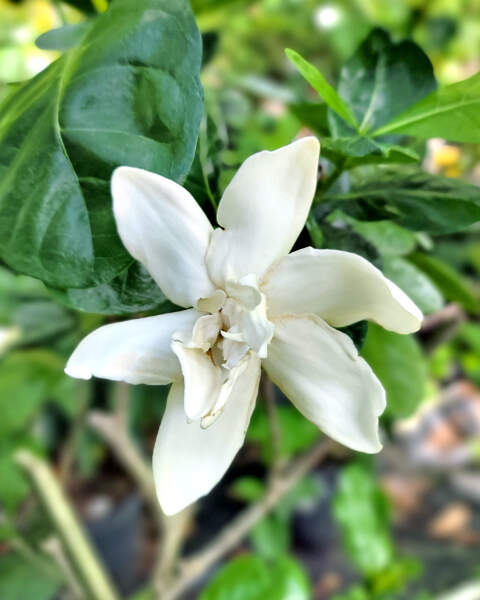
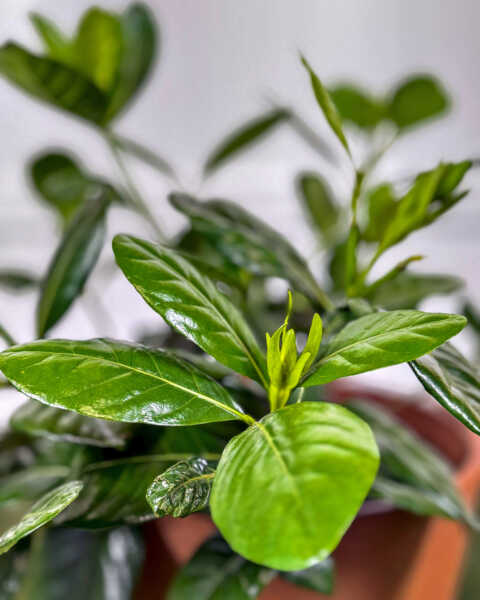
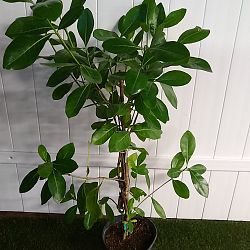
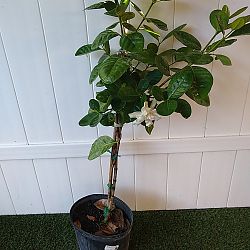
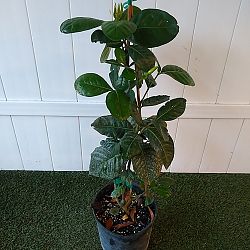
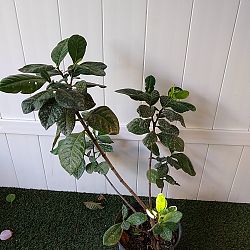
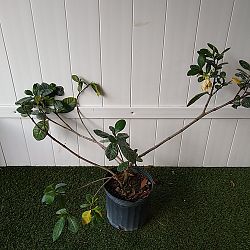
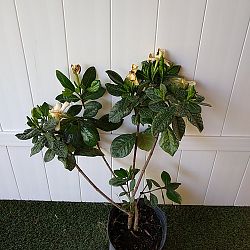
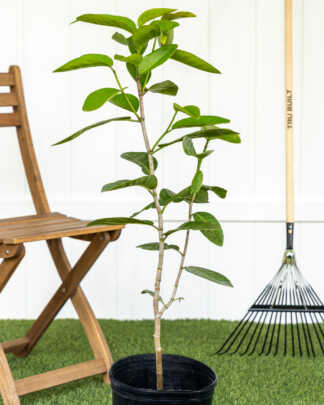
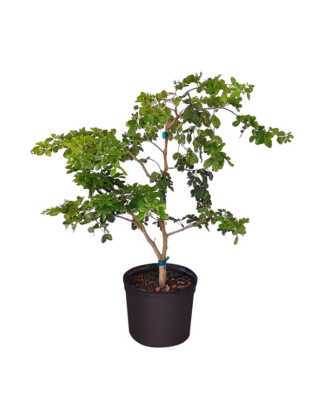
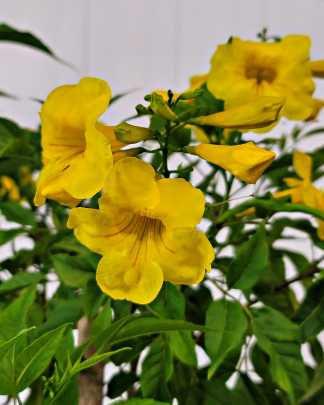
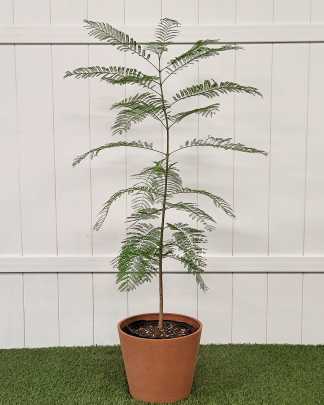
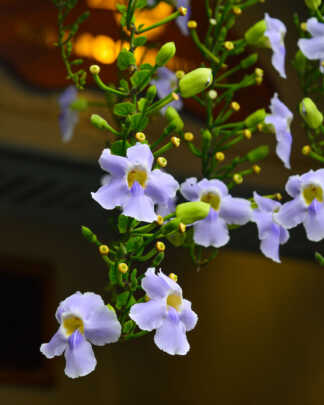


Louise Nekola –
Mothers Day gift